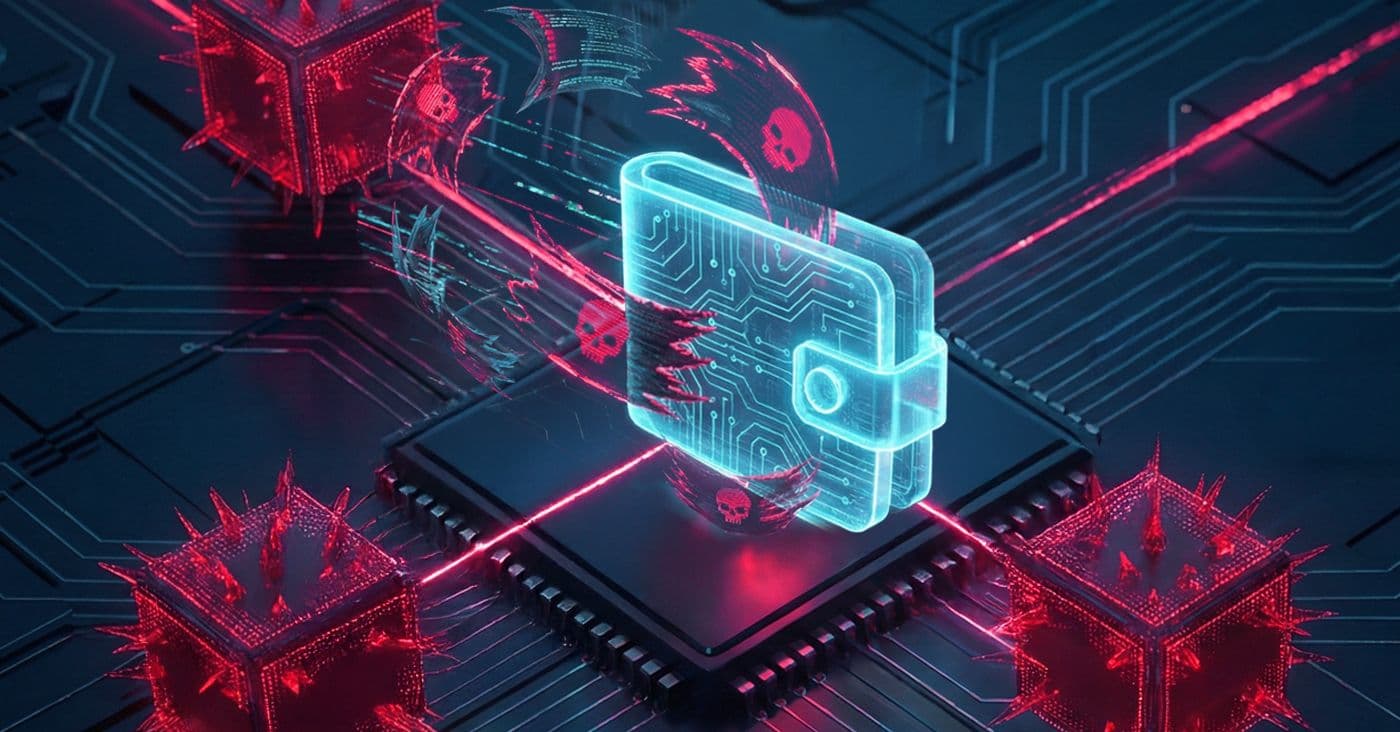
SF² aims to help you scale SecOps wisely
The Software Factory Security Framework eyes scaling SecOps as a resource problem — not just head count.
Software security hygiene refers to the consistent application of best practices, policies, and automated controls to maintain the security, integrity, and resilience of software across its development, deployment, and operational lifecycle. Just like personal hygiene protects individual health, security hygiene ensures that software systems are regularly assessed, updated, and protected from evolving threats.
It encompasses both proactive and reactive measures designed to prevent security drift, reduce attack surfaces, and improve readiness for incidents.
Modern software is dynamic, interconnected, and often composed of hundreds of third-party components. Without strong hygiene practices:
Strong security hygiene:
Security hygiene includes a mix of people, processes, and technology-driven activities:
Automation is key via CI/CD integrations, policy enforcement engines, and asset management platforms.
Practice | Focus Area | Key Differences |
|---|---|---|
Secure Coding | Developer behavior | Hygiene includes operational and infrastructure controls |
Penetration Testing | Simulated attack scenarios | Hygiene is continuous and preventative |
Configuration Management | System setup and drift control | Hygiene spans across code, infrastructure, and process layers |

The Software Factory Security Framework eyes scaling SecOps as a resource problem — not just head count.

Highlighting an alarming trend, RL has discovered malicious packages targeting crypto wallets and OAuth tokens to steal funds.

As attacks become AI-optimized and internal AI use rises, enterprises need to modernize their file security strategy.